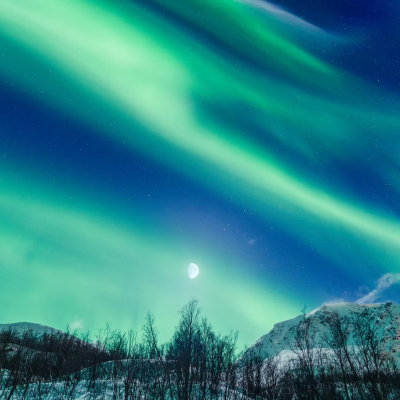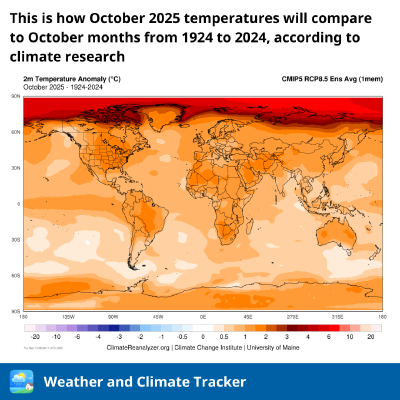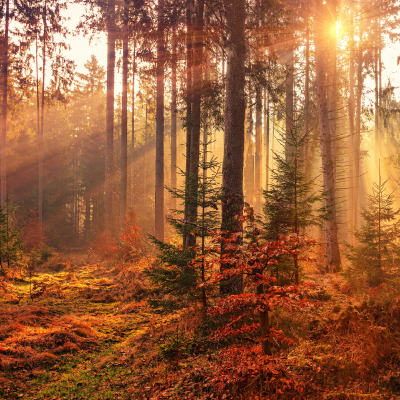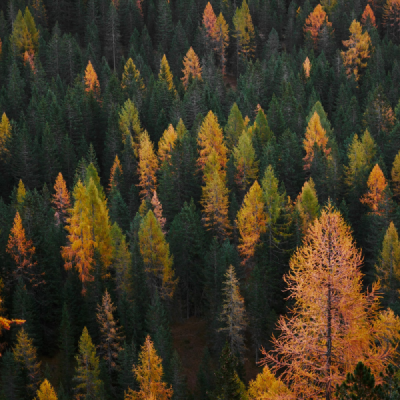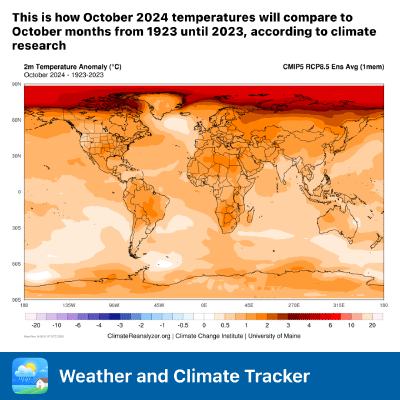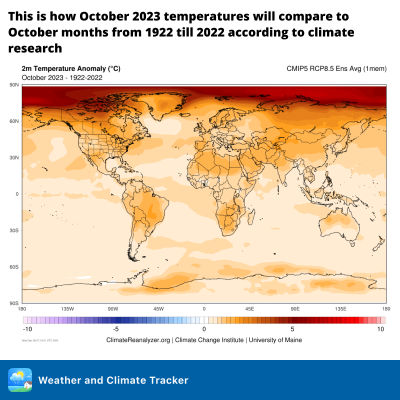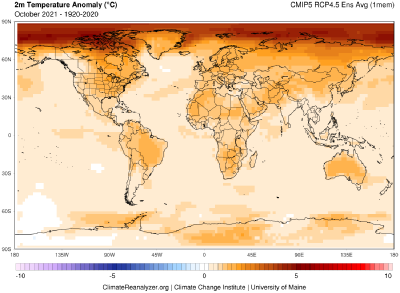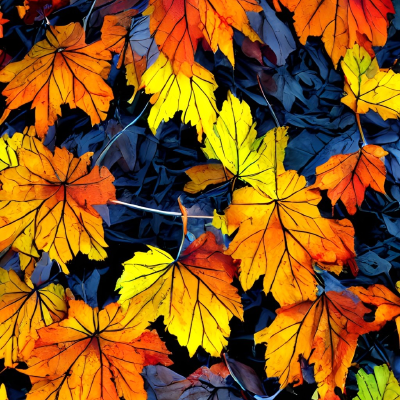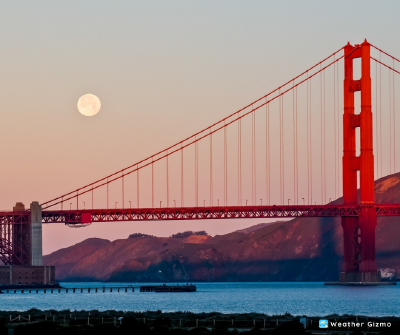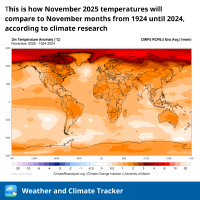
[Sky]
Orionids Starfall
From October 16 to 27, a real starfall will spill onto the Earth. It will be a meteor shower with a radiant in the Orion constellation, and therefore it will be called the Orionids Starfall. The peak of its activity will be on October 21-22. Scientists estimate that the average number of falling stars will be around 20-25 per hour.
Read more...